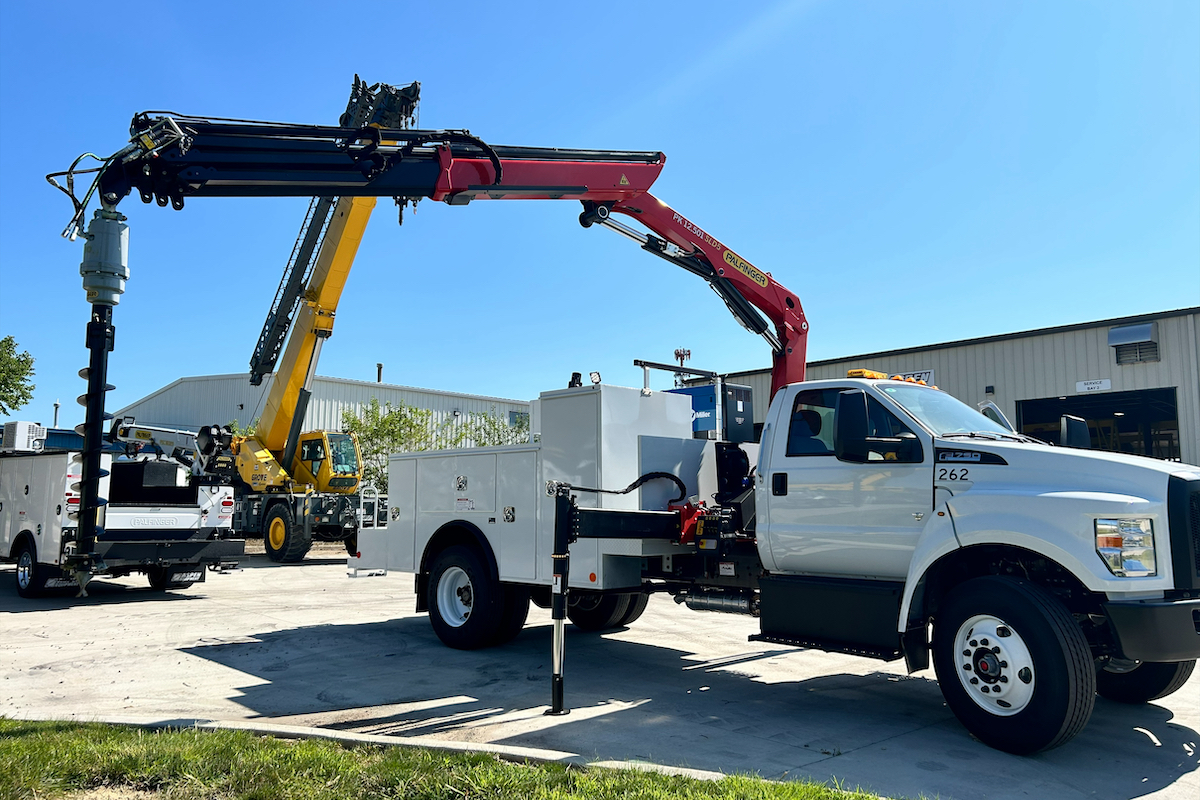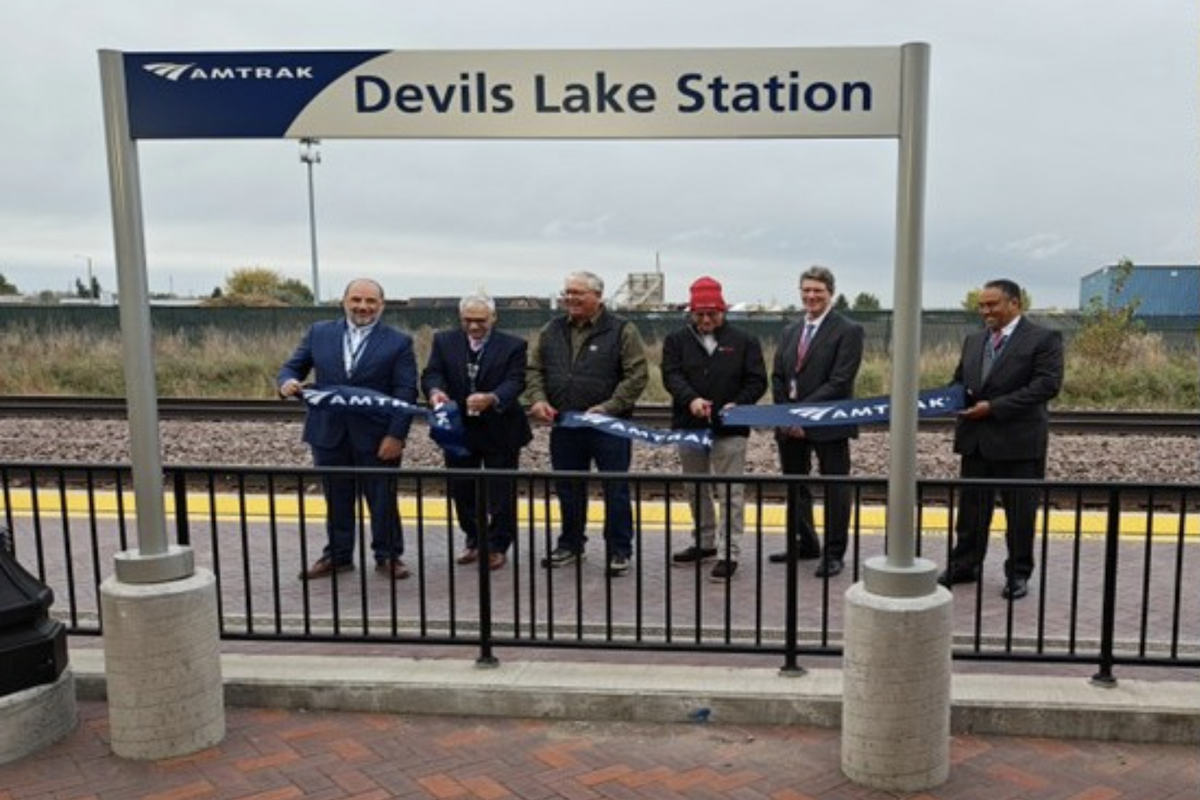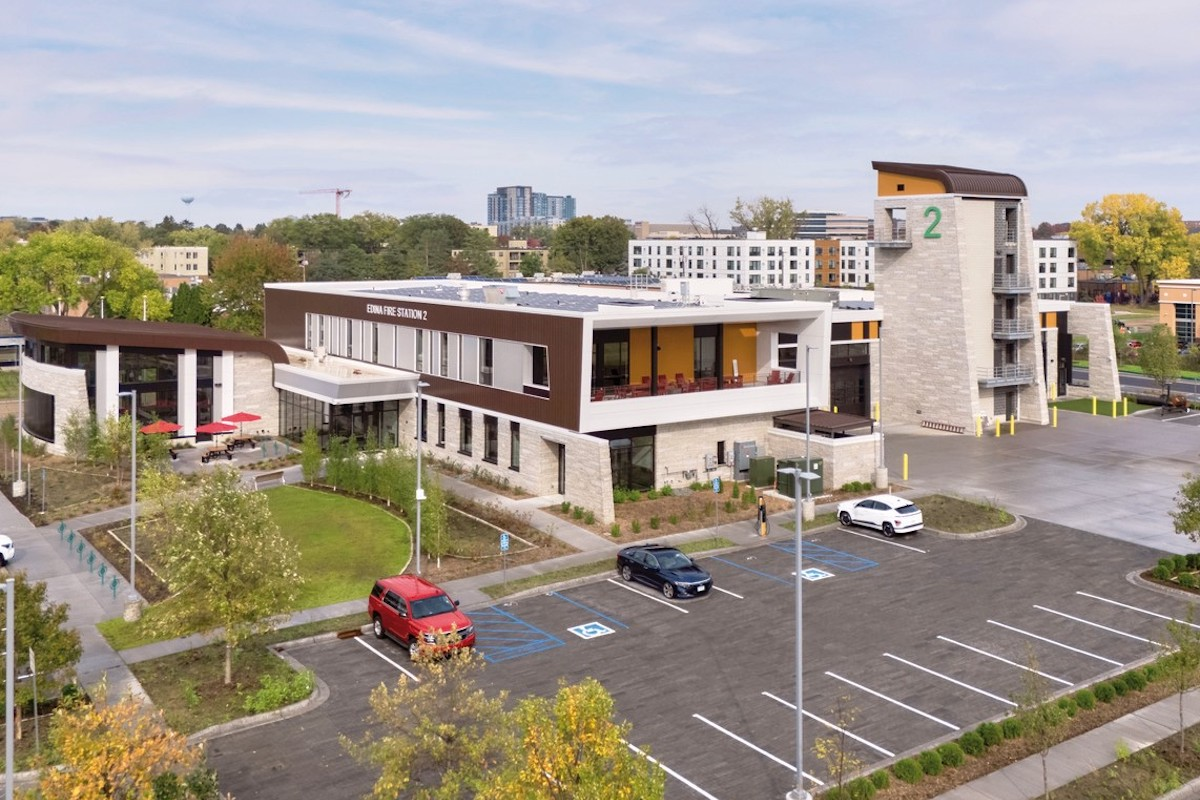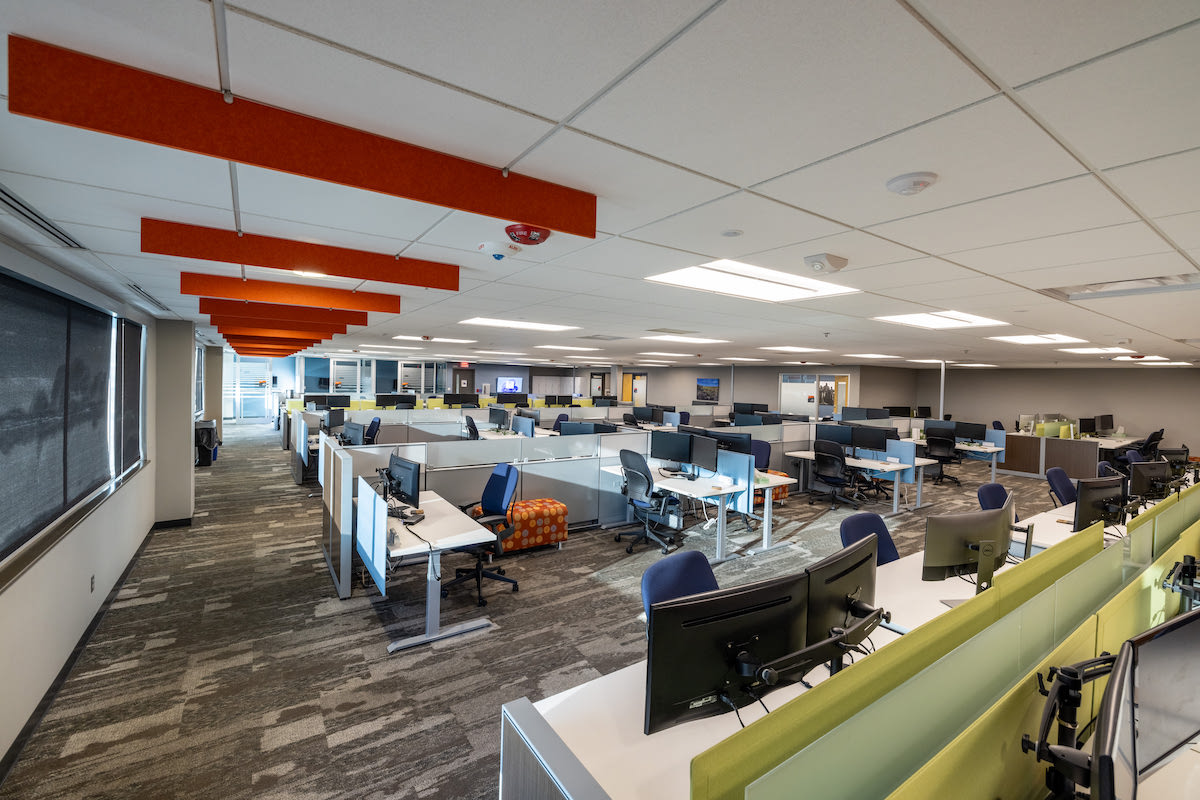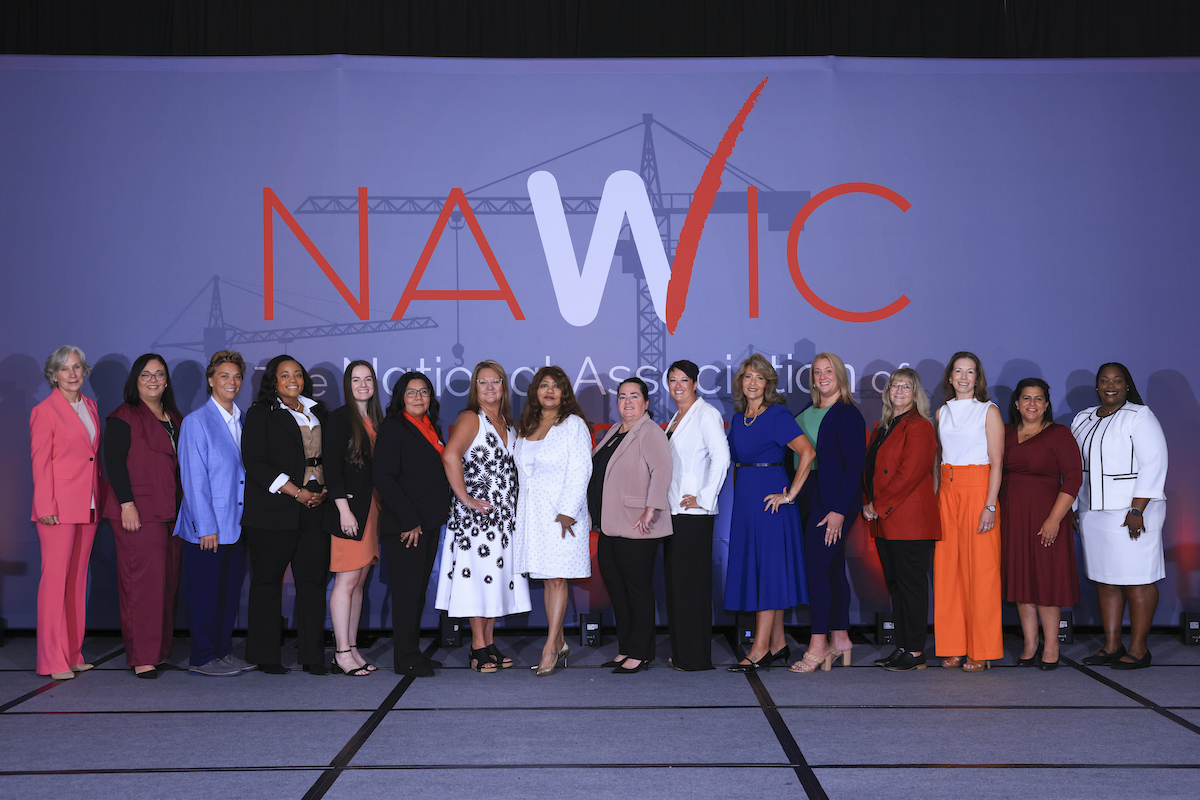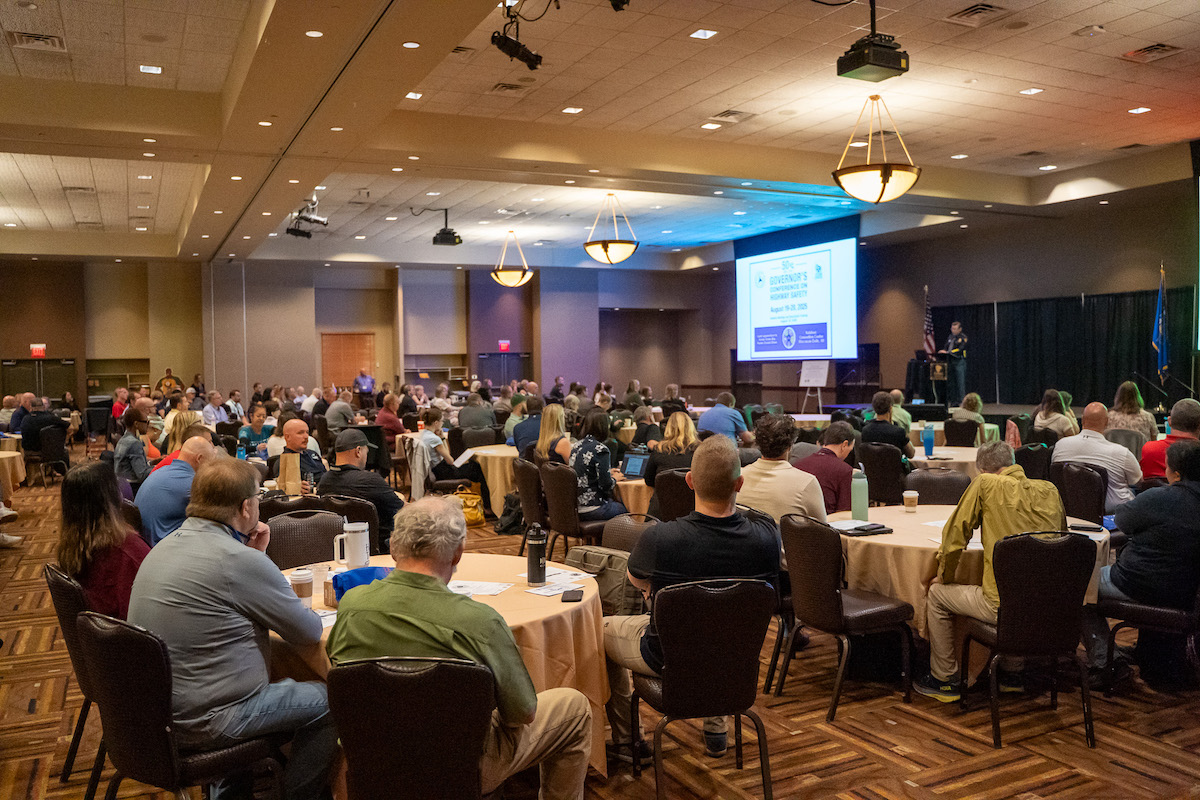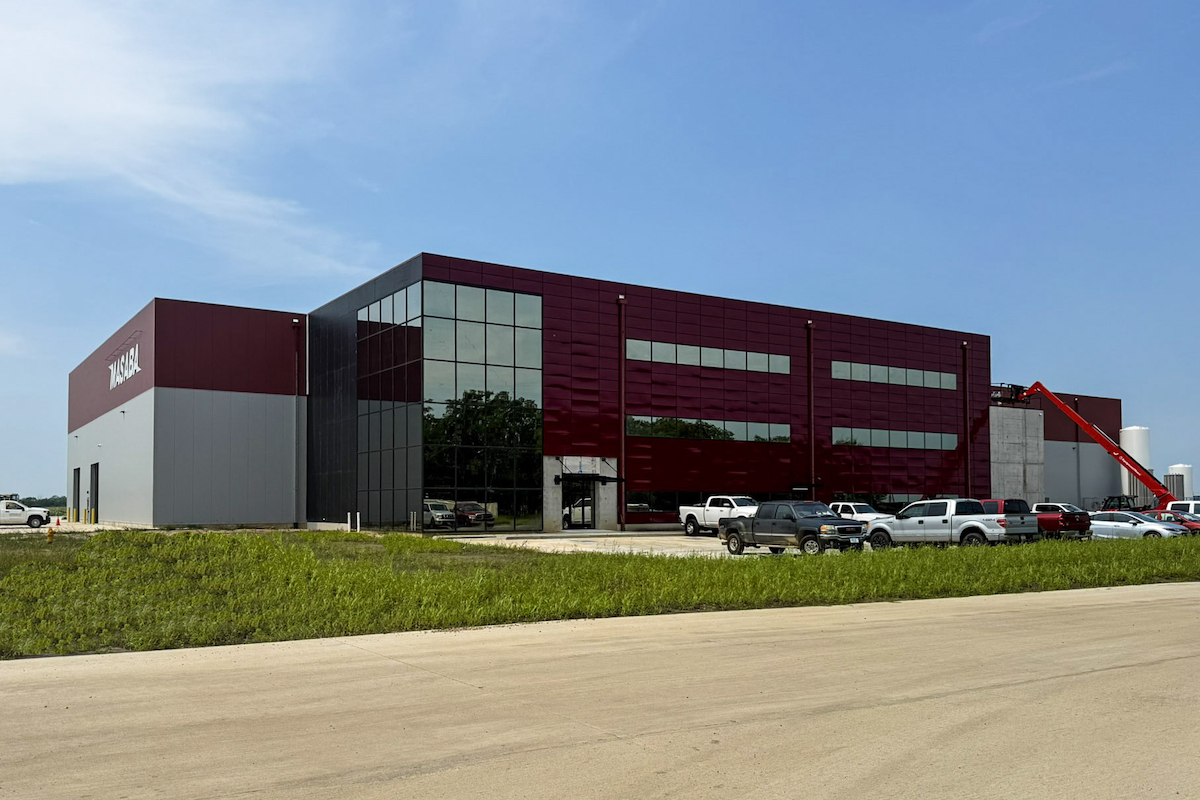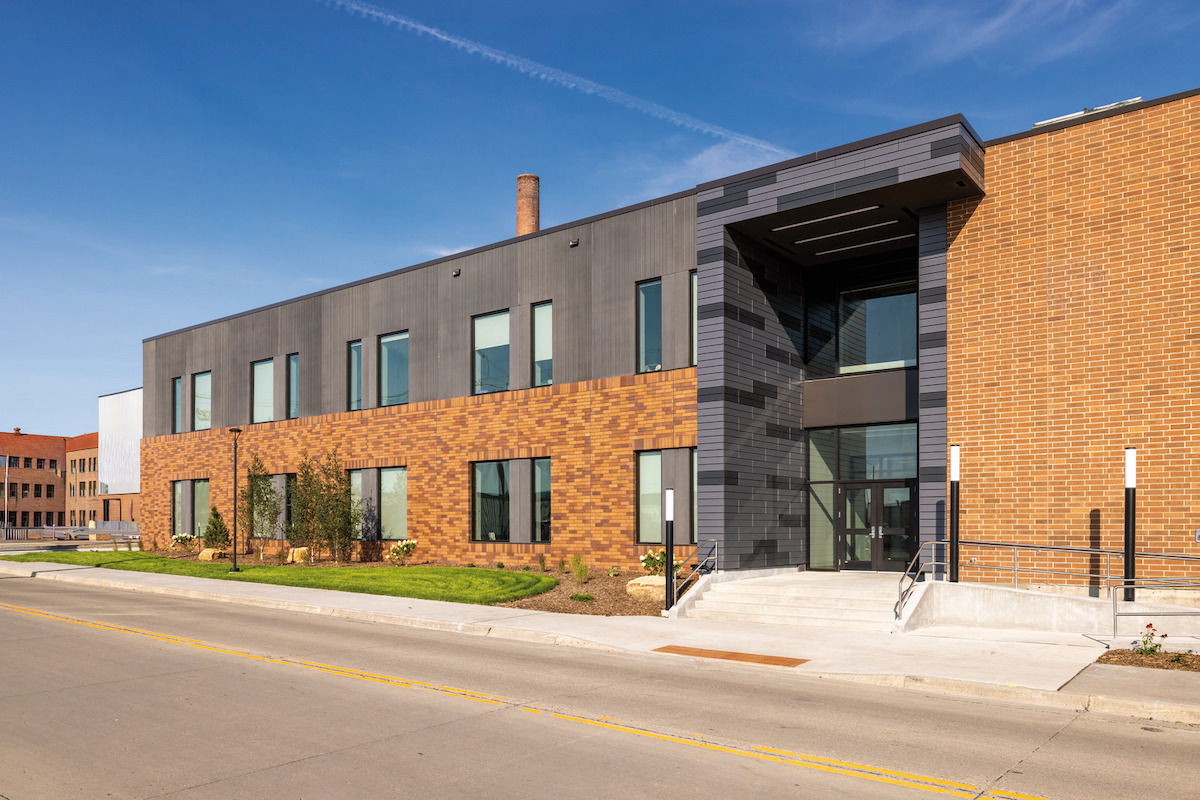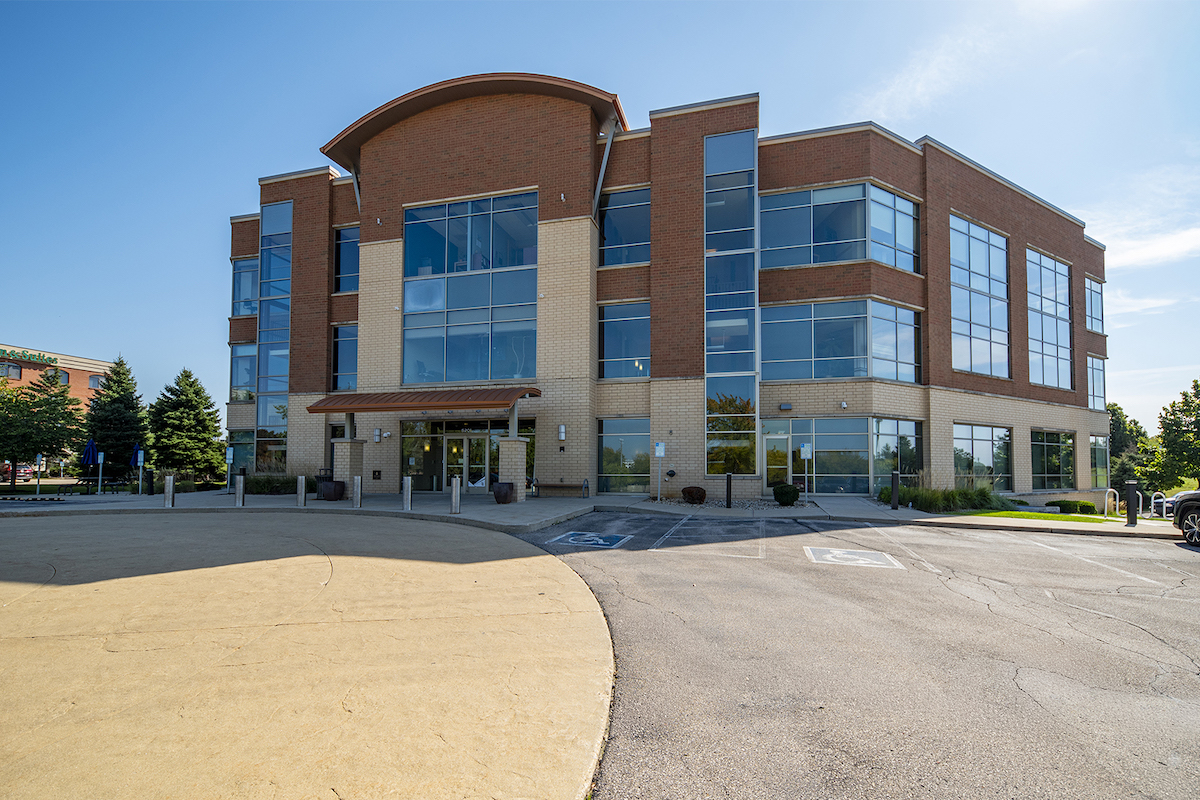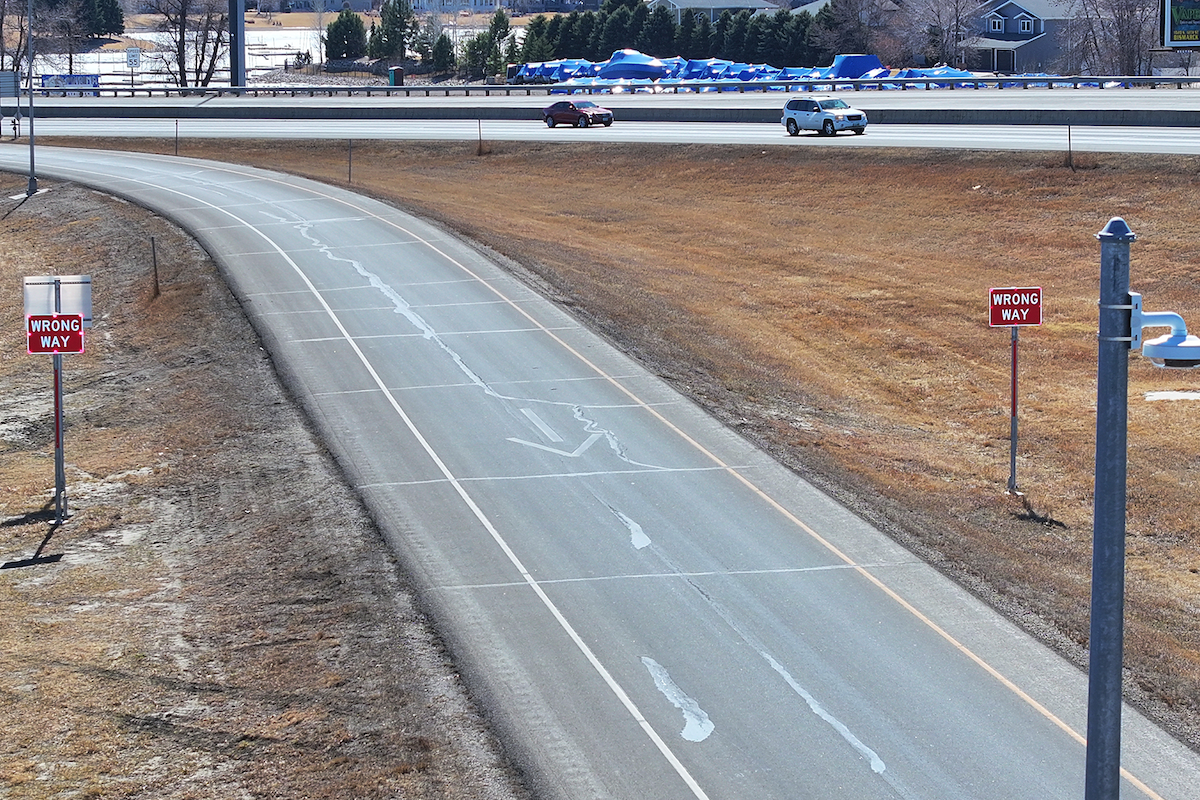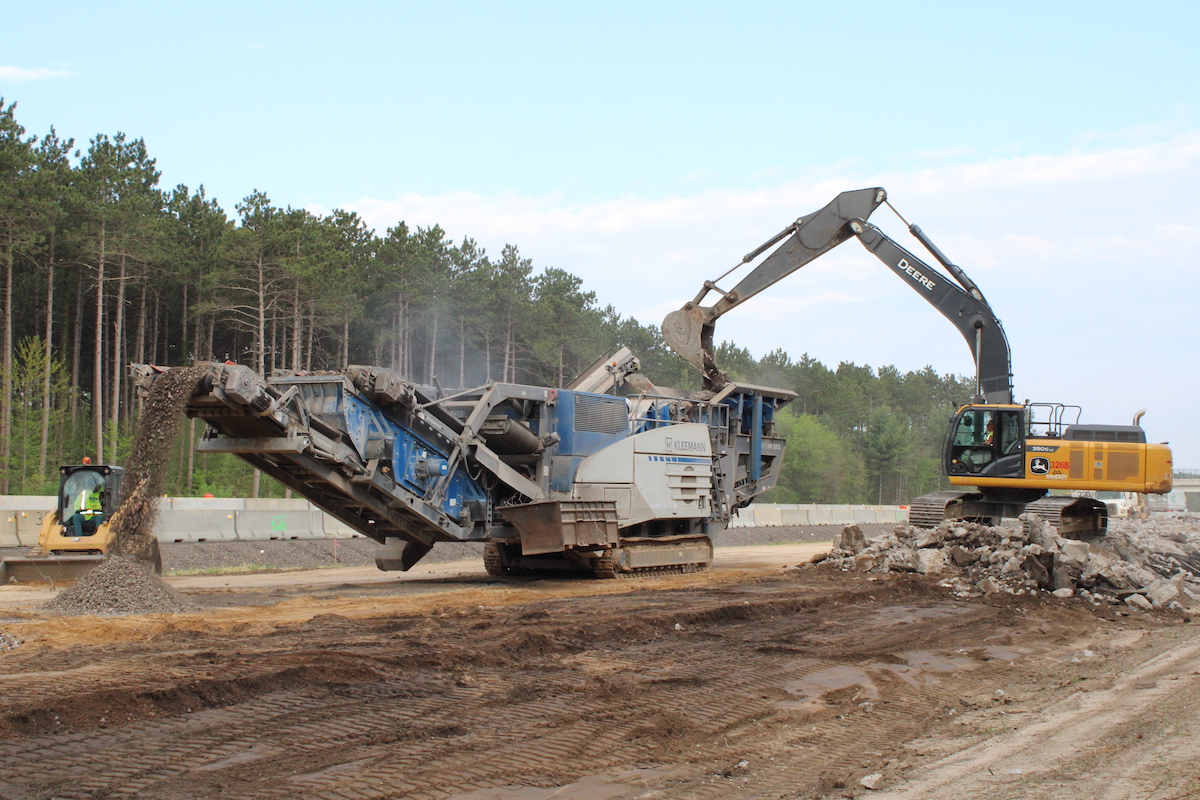“The existing interchange was built in the early 1960s and has been widened in the years since to keep up with capacity demand and safety standards. However, this still left the interstate with substandard ramp and interstate alignments and curves set in the original build,” explains Joe Deering, TDOT Region 2 Director and Assistant Chief Engineer. Both I-75 and I-24 provide a direct connection to downtown Chattanooga, the world-famous Lookout Mountain, and other area attractions; I-24 also serves as a direct link between I-75 and I-59.
In 2019, the average daily traffic counts on I-24 and I-75 were 125,000 and 130,000 vehicles per day, respectively. According to TDOT officials, these numbers are projected to increase as communities in the Hamilton County region continue to grow. At present, both urban interstate sections average over 10,000 vehicles per hour during peak travel times.
At the I-75/I-24 interchange area, TDOT’s overarching goals are to decrease congestion, improve substandard ramp geometry, increase interstate capacity, enhance traffic operations, and bolster safety. The scope of work consists mainly of shifting the interchange to the west and widening each leg of the interchange with an additional lane of travel. A new on-ramp, separated from I-75, will be built to the east of the interchange, providing access to both I-75 and I-24 from Ringgold Road and a Tennessee Welcome Center. Project plans also call for the construction of 11 new bridges, including interstate-to-interstate ramps, five structures spanning Spring Creek, and two I-24 overpasses along Spring Creek Road.
“Redesigns of the ramps entering from local routes and the I-75 North Welcome Center will eliminate weaving and congestion. All bridges at the interchange will be replaced or rehabilitated to extend their design life with the interchange,” notes Ken Flynn, TDOT Region 2 Director of Operations.

| Your local Komatsu America Corp dealer |
|---|
| Road Machinery and Supplies Company |
The project was procured using an A+B bidding format where the value of time was considered at a rate of $30,000 per calendar day in the evaluation of bid proposals. “This format incentivized bidders to develop and invest in innovative, time-saving strategies to facilitate early completion of the project,” says Jeff Blevins, Civil Engineering Manager 2 with TDOT’s Major Projects Division. “Additionally, the project relied upon extensive phasing of both design and permitting in order to achieve a construction start date 95 calendar days after the initial Notice to Proceed for design was issued.”
In November 2018, TDOT awarded a $132.6 million contract – the largest in TDOT’s history at the time – to C.W. Matthews Contracting Company, Inc. (C.W. Matthews), a highway and heavy civil construction firm based in Marietta, Georgia. A design-build approach is being utilized to upgrade the I-75/I-24 interchange, one of nearly 1,000 critical transportation projects included in Tennessee’s 2017 IMPROVE Act legislation.
“By using the design-build contracting method for this complex project, we were able to explore every available option to deliver it in the most timely and cost-efficient way,” Deering says. “The process resulted in several innovative concepts, and the winning proposal will save two years of expected construction time.”
Other key members of the project team include Barge Design Solutions, an engineering and architecture services firm that completed the roadway, structural, and environmental designs for the interchange, and TDOT’s owner’s representative, Neel-Schaffer, Inc., which provided the initial design documents and is contracted to review additional design and construction documents. There is also Twin K Construction, Inc., a subcontractor selected to build four of the project’s bridges, and Erosion Solutions, LLC, which is providing its hauling, clearing, erosion control, and permanent grassing services. Thompson Engineering is supporting TDOT with construction engineering and inspection oversight.
Stage 2 of the project is currently underway and will continue through this spring. “The milestone achieved at the end of stage 2 will see traffic for all ramps placed into their final alignments. Most significantly, this change will include a new traffic pattern at the I-75 northbound split where the I-24 westbound ramp will be converted from a left-hand exit to a more conventional right-hand exit,” Flynn says.

| Your local Link Belt dealer |
|---|
| Hayden-Murphy Equipment Co |
The project is currently on track to be finished by this summer. Upon completion, the modernized interchange area will feature new lighting as well as upgraded intelligent transportation systems such as closed-circuit television cameras, speed sensors, and full-color LED overhead message boards.
“The design-build process allowed much of the initial earthwork and foundation preparation to be completed while the design was being finalized and environmental permits obtained,” comments Mike Nadolski, a Project Manager at C.W. Matthews. “This overlap of activities produced a schedule and constructability-driven design that meets and even exceeds the current standards of highway engineering practices.”
The interchange design also minimized the number of stages required for construction, allowing for as much concurrent work as possible and reducing the need for lane closures during the majority of project activities. “This was primarily accomplished by locating the new bridges for the project in the existing in-field areas of the interchange,” Blevins explains. “This design principle allows the new bridges to be constructed almost completely clear of traffic, which provides scheduling flexibility while still meeting the improved roadway safety design requirements for the project.” Thanks to these strategic planning and phasing efforts, only two bridges require construction over live interstate traffic.
“C.W. Matthews, in coordination with the team at Barge Design Solutions, really studied the requirements of the project and put together a unique alignment and design (e.g., building I-75 at-grade with ramp flyovers) that was very different than any of their competitors,” Deering adds. “They were able to minimize the number and sizes of the bridges, saving money and construction time. It also allowed them to do a majority of the work without adversely affecting traffic. The flexibility of the design-build process gave C.W. Matthews the ability to create a project plan that played to their company’s strengths, which was a big advantage that allowed them to get the project – and be in a good position to deliver it.”
















